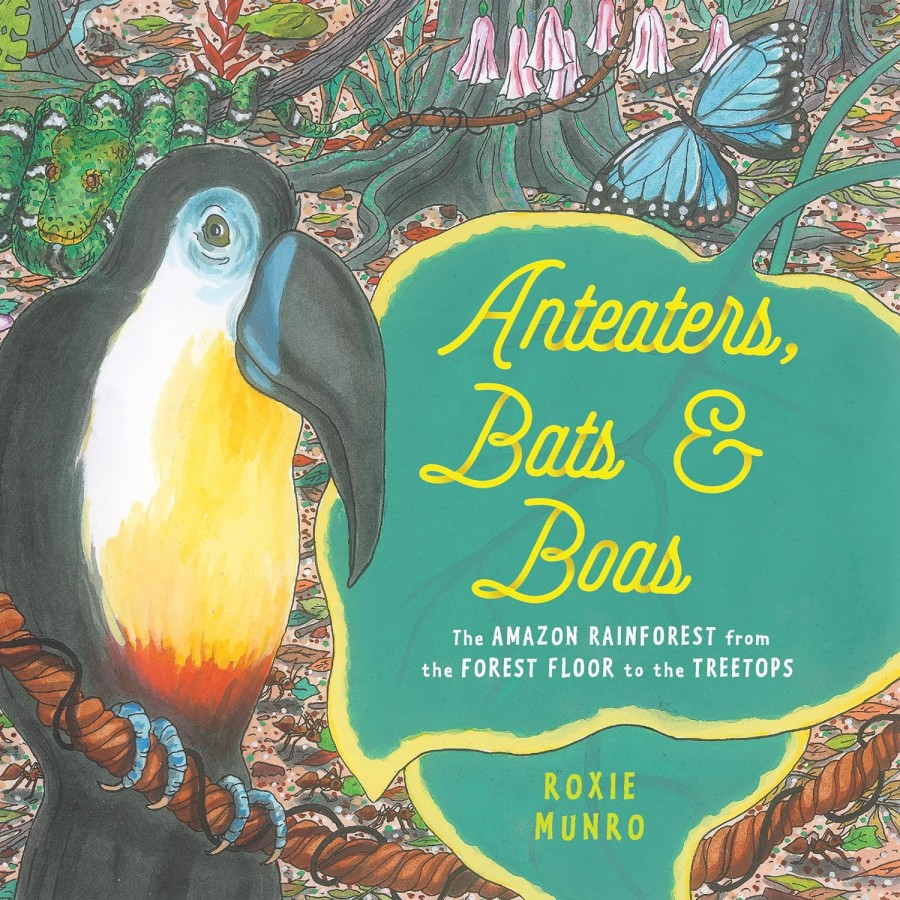Admiring England’s Spectacular Rainbow Days

Rainbows are the result of simple yet fascinating natural physics happening right above us. They appear when sunlight passes through raindrops, which act like tiny prisms breaking the light into its different colours. In England, where sunshine often follows rain showers, this mix creates countless chances for vibrant rainbows to light up the sky.
Why England’s Weather is Perfect for Rainbows
England’s weather is well-known for being changeable, with rain and sunshine often arriving at the same time. This mix of light rain showers and bright sun is what makes rainbows so common here. When the sun’s rays hit the falling raindrops at the right angle, the light bends, reflects inside the drop, then bends again as it leaves. This bending and reflecting split the sunlight into a spectrum of colours.
The quick shifts between sunlight and rain clouds play a big part, too. Scattered showers and the moving cloud cover mean that even if it’s gloomy one moment, the sun can pop out and turn raindrops into rainbow magic soon after. That’s why rainbow sightings aren’t rare but rather a beautiful part of everyday life in England.
Understanding the Colours of the Rainbow
A rainbow always displays seven main colours lined up side-by-side. These colours appear in the same order every time, making each rainbow like a bright, natural fence in the sky. Here’s a quick look at what you’ll see:
- Red: The top and widest band, it’s bright like an evening sky or a ripe apple.
- Orange: A warm, glowing shade, reminding you of autumn leaves or pumpkins.
- Yellow: Like sunshine itself, this colour shines in the middle, cheerful and bright.
- Green: The colour of fresh grass and leaves, sitting neatly between yellow and blue.
- Blue: Cool and calm, similar to a clear sky or the sea on a sunny day.
- Indigo: A deeper blue-purple tone, often seen as the twilight sky after sunset.
- Violet: The last and smallest band, a soft purple shade like fresh lavender petals.
Easy Ways to Remember the Rainbow Colours
To keep all seven colours in mind, many people use simple tricks. The most popular one involves a name or phrase where each word starts with the first letter of a rainbow colour:
- ROYGBIV – This stands for Red, Orange, Yellow, Green, Blue, Indigo, Violet.
Another fun way to remember is by using a rhyme like:
“Richard Of York Gave Battle In Vain.”
This mnemonic is easy to repeat and stick in your memory. Next time you spot a rainbow, you can impress friends by naming each colour in order, just like a pro. It turns what looks like a simple sky show into a colourful learning moment.
Admiring Double and Twin Rainbows
Double rainbows stand out as one of nature’s most striking displays, adding another layer of wonder to England’s changing skies. When you spot two rainbows stacked together, the sight can feel almost like a secret message tucked within a bigger show of colour. Let’s take a closer look at why England’s weather creates these beautiful pairs and how you can capture them when they appear.
Why Twin Rainbows Appear in England
England’s mix of sun and rain is perfectly suited for double rainbows, making them more than just a lucky find. These twin rainbows happen when sunlight refracts and reflects inside raindrops not just once but twice. The first rainbow you see is the brighter, more vivid one. The second, which arches above it, often looks fainter and has its colours reversed.
The country’s frequent showers combined with bright sunshine create ideal conditions. Coastal areas, like Cornwall or the Norfolk coast, and wide-open countryside spots, such as the Lake District or Yorkshire Dales, are prime places to spot them. Here, the air is clear and rain showers pass quickly, allowing sunlight to hit raindrops at just the right angle.
Twin rainbows are usually visible when the sun is low in the sky, often in the early morning or late afternoon. The lower the sun, the larger and clearer the arcs tend to be. England’s shorter days during spring and autumn can actually make these times more common for spotting the pairs, especially after quick bursts of rain.
Tips for Photographing Spectacular Rainbow Days
Capturing a rainbow’s colours on camera calls for a bit of patience and some simple tricks. The best time is when the sun is low, so early mornings or late afternoons offer the softest light and the longest-lasting rainbows. Bright midday sun can wash out colours, making rainbows harder to spot and photograph.
Here are a few tips to keep in mind for the best snapshot:
- Look for contrasting weather: Rainbows shine brightest when dark rain clouds hang low with sunlight breaking through nearby. This contrast helps colours pop.
- Use a wide-angle lens or smartphone camera: Rainbows often stretch across a large part of the sky. You want to capture the whole arc or both rainbows if you’re lucky.
- Turn off your flash: Flash doesn’t help with rainbows. Using natural daylight is key.
- Adjust focus and exposure: On smartphones, tap the rainbow area to focus. Lowering exposure slightly (if your phone allows) helps deepen the hues.
- Hold steady or use a tripod: This prevents blur in lower light conditions, especially when shooting with manual settings.
- Shoot in landscape format: This keeps more sky in the frame and fits rainbows better.
When it comes to weather, rainbows appear clearer after lighter showers. The bigger the raindrops, the brighter the colours show. After heavy rain, the sky can be hazy, making rainbows faint or hard to see.
Patience is worth it. Sometimes a rainbow will flash just long enough to grab a few snaps before vanishing. Keep your camera ready and your eyes peeled.
Double rainbows are a special treat, and with the right timing and camera skills, you can hold on to some of that moment’s magic.
Experiencing Rainbow Days Across England
Certain parts of England have built a reputation as go-to spots for rainbow sightings. The mix of natural beauty and frequent showers creates a backdrop where rainbows seem to show up regularly.
- The Lake District: This region is famed not only for its stunning lakes and hills but for frequent weather shifts. Clear lakes often mirror the colourful arcs, doubling the magic. Early mornings or late afternoons work best when the low sun reflects off the water, making the rainbow even more striking.
- Cornwall: Coastal Cornwall, with its rugged cliffs and wide beaches, offers an excellent setting for rainbows after seaside showers. The Atlantic winds bring brief showers followed by bursts of sunshine, perfect for catching a rainbow stretching over waves or green fields.
- Seaside Towns: Places such as Whitby, Scarborough, and Brighton give a lovely mix of sea, sky, and sometimes misty rain. The open horizon over the water allows rainbows to shine clearly and often quite large.
- Yorkshire Dales and Peak District: These areas have wide valleys and rolling hills that combine changing weather with open sky. The varied terrain and patchy rain encourage many unexpected rainbow appearances, especially in spring and autumn.
- South Downs National Park: This gentle chalk landscape often experiences quick passing showers with bright sunshine afterwards. That’s the perfect recipe for spotting rainbows stretching across green fields and famous rolling hills.
Each of these places has a charm that highlights the rainbow’s beauty. Whether it’s the reflective lakes or the shifting clouds over the sea, the surroundings make the experience memorable.
Making the Most of Rainbow Days
Rainbows invite us to slow down and appreciate simple moments. You don’t need special gear or a perfect plan. Here are some easy ways to enjoy these colourful displays when they appear:
- Go for a walk after rain: Head to local parks, gardens, or quiet paths. Often rainbows happen after a shower, so a quick stroll can lead to a delightful surprise in the sky.
- Find higher ground: Hills or viewpoints improve your chances of seeing a full rainbow arch. Try local hillsides or even tall buildings with open views.
- Watch from a cosy spot indoors: Sometimes the best way is from a window with a warm drink in hand. A cup of tea, a comfy chair, and a bright sky can turn a regular day into something peaceful and uplifting.
- Bring a camera or smartphone: Rainbows don’t last long, so having a device ready means you can catch the moment or share it with others later.
- Enjoy the calm energy: Rainbows often pop up when the weather shifts from grey to bright. Taking that time to pause and watch the colours feel like a quick reset, easing stress and lifting spirits.
- Plan for seasonal chances: Spring and autumn typically bring more showers mixed with sun, so these seasons offer more opportunities for rainbow spotting.
Rainbows are nature’s quiet celebration, hinting that even a wet day holds moments of light. By keeping your eyes open after rain and choosing spots lucky with views, you can turn everyday weather into a colourful experience worth remembering.






